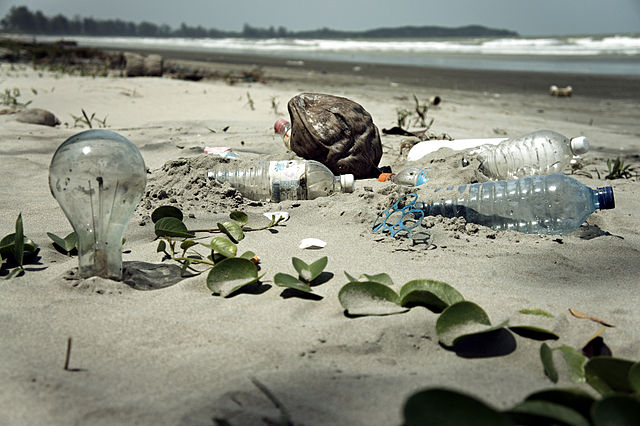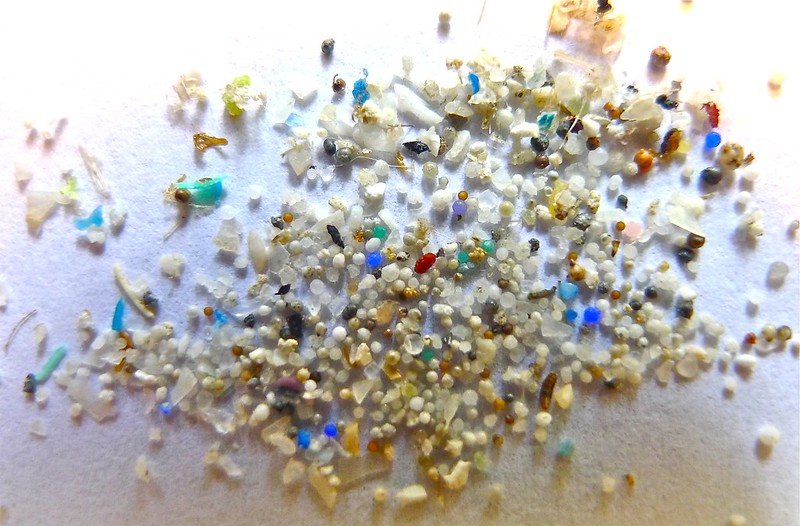 According to a Sioux legend, Uncegila, a mighty snake, polluted rivers and ravaged the waterways.
According to a Sioux legend, Uncegila, a mighty snake, polluted rivers and ravaged the waterways.
While Uncegila is long gone, our rivers today remain contaminated by microplastics and other toxic materials.
The River Thames was in the news just this previous week for having the highest level of microplastics compared to any other river. So, how do our waterways become so polluted? Let’s take a look.
The Biggest River Contaminants
Today, the five major contributors to river contamination are cigarette-butts, plastic bottles, plastic bags, aluminum cans, and food packaging.
 While some of these items may degrade over time, plastics linger in the water even after thousands of years. Why?
While some of these items may degrade over time, plastics linger in the water even after thousands of years. Why?
Well, instead of degrading, plastic breaks down into minuscule particles, dubbed microplastics. Though only ranging from one nanometer to five millimeters in size, microplastics can cause a lot of damage. Often, it is consumed by marine animals, which disrupts the food chain. To put it into context, we consume microplastics equivalent to the weight of one credit card weekly, mainly from drinking water.
How does plastic make its way into our water systems? Plastic that has been trashed, glitter from makeup, and microbeads get flushed down storm drains and enter our freshwater estuaries. The water and photodegradation from sunlight break it down into smaller and smaller pieces, too minute to be filtered out by wastewater treatment plants. That’s how eight million tonnes of plastic worldwide find their way into oceans every year!
According to data from Environmental Science and Technology, in 2018, ten rivers alone carried 90% of the plastics that ended up in the ocean. However, recent research reveals that microplastic pollution exists virtually everywhere- from groundwater in the United States to runnels in the UK.
Dead, To Clean, To A Plastic River!
Known in the 1850s as the “Great Stink”, the Thames River was a concoction of untreated human waste and industrial effluents. And by 1950, the Thames River was considered biologically dead. Eventually, strict enforcement of pollution control spurred a return of aquatic life in the Thames, making it the cleanest river in the world.

However, the past 15 years have seen an increased use of bottled water, glitter, and microbeads, many of which have ended up in the Thames. Today, 94,000 microplastics per second flow down the Thames -- more than most European rivers. Researchers found that this surge is posing a threat to local habitats because the river is also a source of water.
While the best method to curb plastic pollution would be to eliminate plastic, researchers at the University of London are calling for stricter regulations on plastic disposal. Over the past 30 years, recycling has increased to more than 20% annually because of this.
Other projects include the Alliance to End Plastic Waste’s biofence technology that filters plastic as it flows, preventing it from entering waterways. Another organization, Ocean Cleanup, uses technology to clean rivers and prevent plastic from ending up in our oceans.
In the Sioux legend, Uncegila was ultimately slain by being shot in her vulnerable spot, thus ending river pollution. How can the Thames get rid of Uncegila this time? Only time will tell how well these remedial efforts will work out.
Sources: Forbes, Britannica, The Guardian, Scientific American, Independent UK, National Geographic. NRDC, USA Today







